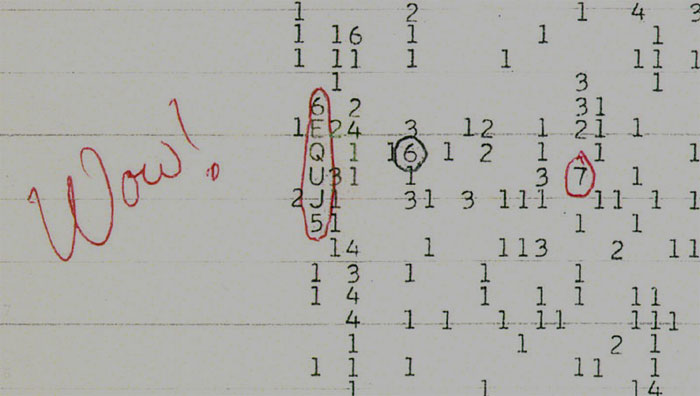.

Speaking With Extraterrestrials
Composing a message that can be understood by aliens will be extremely difficult. And conversation may be impossible.
.
The discovery of intelligent life beyond Earth, while it would unquestionably be exciting, would also create a host of new problems. How, exactly, would we navigate the complexities of communicating with alien beings? Would we even be able to interpret a message originating from space? Earlier this month, the SETI (Search for Extraterrestrial Intelligence) Institute in Mountain View, California, held a workshop called “Communicating Across the Cosmos” where some two dozen interdisciplinary scientists from around the globe gathered to consider these very questions.
If, sometime in the future, we were able to send a message to a far-away life form, it would likely be very difficult to construct one that could be understood by extraterrestrials, according to Kim Binsted, an expert on artificial intelligence and human-computer interfaces at the University of Hawai’i at Manoa. To illustrate the problem, she pointed to the many impediments facing archaeologists who attempt to decipher ancient texts written by other human beings—who, despite the multi-generational gap, share the same brain, the same senses, and the same motivations. Considering that none of these might be the same for extraterrestrials, the challenges are self-evident. Binsted cautioned the writers of any interstellar communication to be careful about accidentally revealing information we don’t intend to share (i.e. our location, or our intrinsic human frailties). She also stressed the importance of sending a self-contained message, as opposed to an open-ended question. This is vital because, considering the vast distances involved, our species might not even be alive when the communication is received.
Sheri Wells-Jensen, an Associate Professor in the Department of English and Co-Director of the English for Speakers of Other Languages (ESOL) Program at Bowling Green State University (BGSU), explained the difficulties in choosing a language for an outgoing message. She suggested that we begin with a close examination of the 7,000 or so known human languages. What do they all have in common? What is unique to each one? What assumptions do they make? Only by taking such steps can we hope to know if the language we choose for a message is truly universal.
Carl DeVito, an emeritus member of the mathematics department at the University of Arizona, took up the question of whether math might represent such a universal language. He cited two schools of thought: Extreme Platonists and Strict Formalists. The former believes that all natural numbers exist, and can be understood by any civilization that has developed science. The latter thinks that math is more of a game governed by complex rules (i.e. three cats, three trees and three tables all exist, but the number 3 does not), and that because math is a human creation, it can only ultimately be fathomed by other humans. DeVito said his personal opinion falls somewhere in between: He holds that math is not part of the world of physical reality, but that an alien life force might understand it anyway.
Spoiler alert: Human beings will one day be a thing of the past. After our Sun dies, will intergalactic life forms even know we existed? One way to help ensure that they do is to reach out, said Albert Harrison, Professor Emeritus in the Department of Psychology at the University of California, Davis, who reviewed a few notable past attempts to do so. Perhaps the most famous METI (messaging extraterrestrial intelligence) attempts include the Pioneer 10 and 11 missions, as well as the “golden records” onboard the Voyager spacecraft of the 1970s. Harrison soberly noted that if either we or extraterrestrials were to receive a communication from the other, it may very well be from an extinct civilization.
Alfred Kracher, a retired staff scientist at the Ames Laboratory at Iowa State University, discussed the limits of understanding and being understood. He noted how even the brightest among us tend to a rather anthropomorphic conception of what intelligent life would look like (aside from being green and fond of anal probes, they’d have two arms, two legs, eyes on their face, an upright posture, etc.). Kracher pointed out that when dealing with other humans, we at least share a common evolutionary history. This clearly won’t be the case with alien life forms. Kracher’s gloomy conclusion is that any sort of real communication with extraterrestrials will prove to be impossible.
Clearly, establishing a dialog with an unknown form of life somewhere deep in the universe will be more complex than E.T. simply picking up a telephone. It will take a tremendous amount of research, planning, and more than a little luck. All of the workshop’s findings will be included in a report of the International Academy of Astronautics’ Study Group on Interstellar Message Construction.
Quelle: Air&Space
5094 Views
